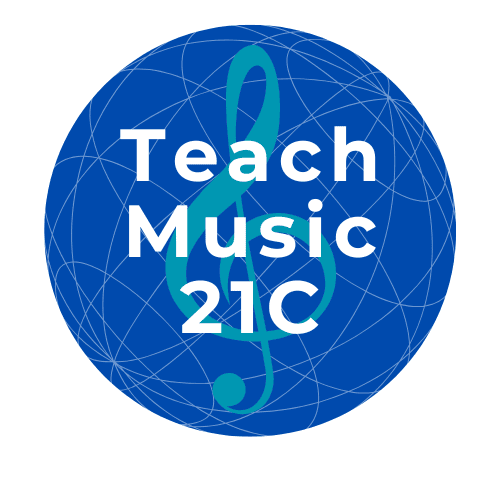Have you ever had a week of teaching that really made you stop and think - What’s going on? Why is this happening? Most likely you have. So you won’t be surprised if I tell you that last week was one of those weeks when I realized a group of my students had been stuck on a plateau for quite some time. Now that November is rolling in, I’m thinking it’s time to do something about it.

Of course, I always keep in mind that student musical journeys naturally move through ebb and flow. When students hit a plateau, it’s important to remind myself that students’ learning processes are NOT factory assembly lines. Students learn in patterns of growth and rest. But when periods without growth seem to last unnecessarily long, that gets me thinking. Like past situations I’ve had with students in the following examples:
1. Over a period of several weeks, eight-year-old Robert indicated that he was taking a slow pace to learning a new piece. In particular, that he was focused just on the first two lines of this new piece. When I asked why he wasn’t going on to the next section of the piece, Robert explained that it made him really frustrated. And rather than explode with frustration (his typical reaction), he was using “walk away” as a strategy in order to minimize his frustration. Here’s what I said in response.
“Robert, way to go! Walking away from frustration is a great thing to do. So I’ll encourage you to always include calming down in your tool kit. But here’s what I need to add on. When you walk away from frustration the first couple of times, it’s all good. But when you walk away from frustration every day for several weeks, it’s as if you leave a brick at that section of the piece. And pretty soon you’ve got a major brick wall that’s getting in the way. This week, instead of walking away, why don’t you see if you can just get it done. Sneak around the brick wall if you need to - or even blast it out if you think that’s they way to get it done.”

2. Twelve-year-old Angie always shows up enthusiastic for her lessons. A trait which can camouflage weeks without progress. That’s why it’s beneficial for me to keep notes of her homework and refer back through several pages to see how things are coming along. Many years ago, she explained that her favourite part of learning to play the piano was learning new pieces. She wasn’t so keen on actually making improvements to those new pieces. How could I help her with refinement? Here’s where her dream of playing professional soccer came to the rescue.
Angie understood quite clearly how getting into professional soccer requires dedication and commitment to getting better. Not just showing up for games. Nor just practicing for a certain amount of time. It’s all about “upping your game”.
Over the years of teaching Angie, I got quite comfortable with being the teacher who could deliver the “uncomfortable news”. Much like sports coaches who let players know when they can do better, I took it as my job to remind her of situations when she needed to “up her game.”
***
From Robert and Angie, I learned that helping students to successfully navigate their plateaus consists of two vital layers: action and awareness. Firstly in terms of action, it means teachers invite students to explore new ideas or techniques. We challenge them to aim for higher goalposts in their practicing. Secondly in terms of awareness, it means teachers foster a culture of reflection wherein students deepen understanding of their own learning processes. By helping students to articulate what’s going on inside their own thought processes, this reflective practice builds students resilience and strengthens teacher/student relationships, creating an environment where students feel supported and understood.
This action/awareness process is quite different from previous generations of music teachers who may have used pressure or shame to push their students to higher levels of achievement. The whole point is for music teachers to teach music lessons where students feel empowered to take risks because they have ownership over the ebb and flow of their own learning. We help students make improvements because they’re invested in their own journey, not because they fear punishment or reprimands.
As November settles in, I appreciate how small changes can lead to significant outcomes along our students’ musical journeys. By inviting students to consider new ways of thinking and reminding students of their ability to challenge their own learning, seasonal plateaus can be transformed into thriving musical developments. Plateaus don’t need to turn into permanent detours. We music teachers can guide our students through both the highs and lows that contribute so beautifully to meaningful lifelong musical journeys.
